 The decline in vaccination against measles, mumps and rubella seen in the wake of the 1998 MMR controversy hit the children of better educated people hardest, according to a new study.
The decline in vaccination against measles, mumps and rubella seen in the wake of the 1998 MMR controversy hit the children of better educated people hardest, according to a new study.
Andrew Wakefield’s paper – which has since been roundly debunked and withdrawn by the journal which published it – sparked a sudden falloff in immunisation rates resulting in an upsurge in childhood illnesses.
An interesting new paper by Dan Anderberg at the Royal Holloway University of London reveals that people who stayed in education past the age of 18 were more likely to shun childhood immunisation schemes.
The paper, entitled Anatomy of a Health Scare: Education, Income and MMR, says better educated people typically assimilate new health information more quickly than those who leave the education system early.
“The uptake rate by high educated parents fell by around 10 percentage points relative to the uptake rate by parents with low education over the period 1998 to 2003,” according to the study which is due to be published in the forthcoming issue of the Journal of Health Economics.
This often leads them to have better health outcomes. However, in this case, the information they were given – first by The Lancet and subsequently by mainstream media outlets – was later found to be inaccurate. So, their decision to shy away from vaccination ultimately increased their risk of suffering from preventable diseases.
MMR fears ‘spillover’ to other vaccines
Anderberg and colleagues also found the same trend that better educated parents were also more likely to abandon other childhood immunizations – a so-called “spillover effect” – even if these vaccines were not directly involved in the MMR scare.
Looking at the importance of income, it was found that some wealthier parents opted to purchase single vaccines in order to avoid the MMR jab, thus absolving themselves of having to choose between protecting their children from disease and what they then viewed as a possible risk of autism.
What the study doesn’t try to explain is why, if educated parents were so quick to react to information linking a vaccine to health risks, the public is so slow to react when that claim is thoroughly refuted.
Research from the US authorities published in 2010 showed that high-income parents were more likely to forego vaccination than those at the lower end of the socioeconomic ladder.
It seems undoing the damage is a slower process than creating the scare in the first place: Construction is more laborious than destruction.





Tess
June 8th, 2011
Great thinking! That really brkeas the mold!
robert bonard
November 15th, 2011
Do any of these vaccines contain mercury or any mercury derivatives or aluminium or any aluminium derivatives
Gary Finnegan
November 17th, 2011
Hi Robert,
The short answer is ‘No, viral live-attenuated vaccines do not contain mercury salts or aluminium’.
The long answer is that some other vaccines use thiomersal as an inactivating agent and a preservative. The WHO has looked at this some depth and believes there is no health risk associated with its use.
Have a look at the fact sheet they produced last month: http://www.who.int/immunization/newsroom/thiomersal_information_sheet/en/index.html
They’ve also produced this Q&A which explains which vaccines contain thiomersal and why it is used. It’s pretty comprehensive so I won’t try to summarise.
http://www.who.int/immunization/newsroom/thiomersal_questions_and_answers/en/index.html
Hope that helps.